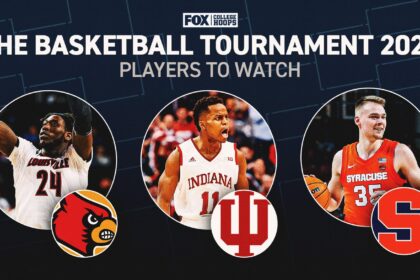The New York Mets have expressed a desire to strengthen their defense this offseason and made a significant move on Sunday by acquiring Marcus Semien, the 2025 Gold Glove-winning second baseman, from the Texas Rangers in exchange for outfielder Brandon Nimmo. Although the trade awaits Major League Baseball approval, it appears to be a straightforward one-for-one deal contingent on Nimmo waiving his no-trade clause, which he reportedly agreed to.
Semien, 35, had a tough offensive season last year and is under contract for $72 million over the next three years. While the Rangers likely wanted to part ways due to his declining offense, it’s less clear why the Mets were eager to bring him in. His offensive stats have dropped in power, contact rate, and strikeout rate over the past two years, with pitchers adjusting to his hitting style. Despite this, Semien still maintains above-average contact and consistent barrel rates, suggesting he could still deliver a decent batting average with moderate power and speed.
The Mets’ main motivation for acquiring Semien is his defensive prowess. He made seven above-average defensive plays last season and is considered a strong defensive second baseman—an upgrade over players like Jeff McNeil or Brett Baty. Paired with shortstop Francisco Lindor, Semien could form a formidable middle infield duo. Additionally, trading Nimmo, who averaged negative defensive value in the outfield, improves the Mets’ overall defense and allows for more flexibility with their outfield plans.
For the Rangers, Nimmo’s offensive skills are a clear improvement over Semien’s last year. Nimmo posted a .262 batting average with 25 home runs and 13 stolen bases, making him likely to fill the Rangers’ primary left field role, replacing non-tendered player Adolis Garcia. Alternatively, Nimmo could serve as a designated hitter while Alejandro Osuna, Wyatt Langford, and Evan Carter handle outfield duties. Nimmo is under contract for $102.5 million over five years, which the Rangers believe is justified given his offensive upside and lineup fit compared to Semien.
From a fantasy baseball standpoint, this trade doesn’t drastically change the outlook for either player. Semien moves from a strong batting lineup at a pitcher-friendly park to a similar situation at Citi Field, which slightly favors right-handed hitters but only modestly compared to Globe Life Field. Nimmo’s move is also a minor upgrade in park conditions for a left-handed hitter, but his new lineup may be weaker than the Mets’. Overall, fantasy managers likely won’t need to adjust their expectations significantly for either player.
Fan Take: This trade underscores how teams prioritize defense differently and look to balance their roster needs strategically. For baseball fans, it’s a fascinating reminder that the game’s nuances, like defensive value and park factors, play a critical role beyond just offensive statistics, potentially reshaping team dynamics and fan expectations.



